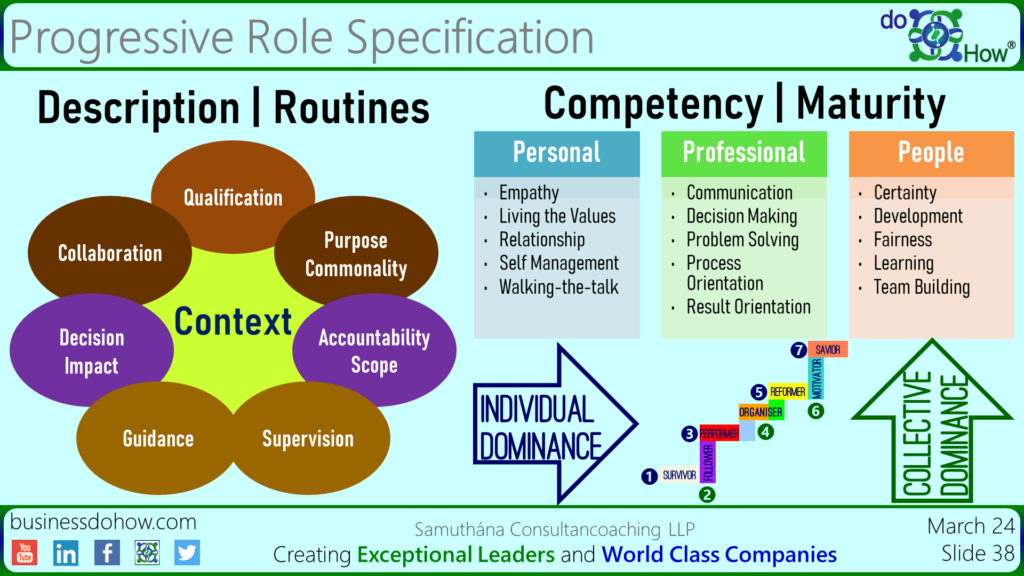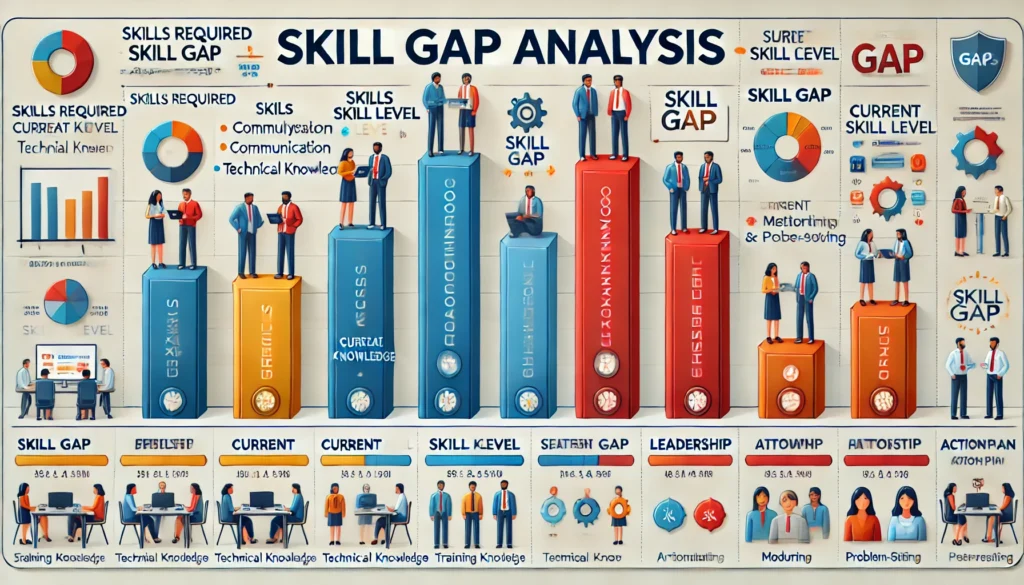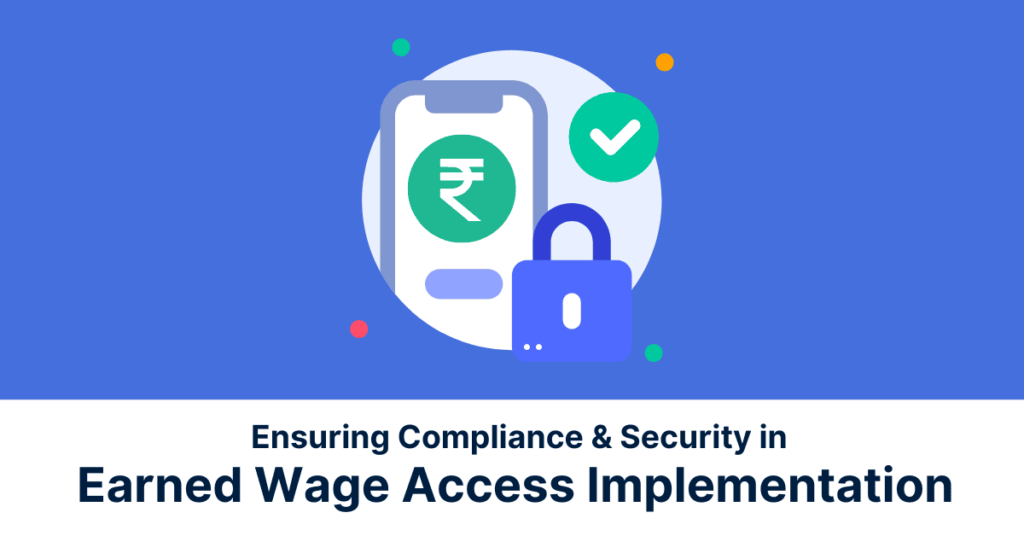Progressive role specification

In the early 1980s, during my Industrial Engineering program, I first studied the concepts of job description and evaluation. Later at Bosch, as a manufacturing engineer during the late 1980s through 1990s, I described and evaluated jobs to determine workmen’s job grades, which were then approved by the corporate Industrial Engineering department. During 2000s, in Germany, I underwent training in the nationwide standardized Agreement Framework for Wages (ERA: Entgelt-Rahmenabkommen), where I described and evaluated jobs for tariff groups covering workmen to junior management. Upon returning to India, I got trained in the Mercer International Position Evaluation methodology to describe mainly mid and senior management roles. Recently, I discovered the Qualification Pack – National Occupational Standards (QP-NOS) of the National Skill Development Corporation (NSDC), akin to ERA in Germany, offering detailed job descriptions across industry sectors. Although this is a solid foundation for bridging the skill gap, companies have yet to fully adopt QP-NOS for employee reskilling/upskilling, like ERA in Germany. My exposure and experience in Job/Role descriptions and evaluations helped me develop the doHow® Progressive Role Specification, which basically describes the context of a role and the necessary maturity in standard competencies.
After describing the role and the connected routine activities, the role context is defined, covering Qualification (Highest formal education), Collaboration (Level of Complexity), Purpose (Degree of Commonality), Decision (Level of Impact to Business), Accountability (Degree of the Share), Guidance (Frequency of Handholding), and Supervision (Proximity of Monitoring). This definition is very useful in filtering out potential role occupiers on the one hand and on the other for grooming talent to occupy these roles.
Now I will introduce you to the doHow® Progressive Maturity Scale with 7 levels.
1. Survivor: Operates with limited awareness of practice/competency, reacting proactively only when faced with imminent threats to survival. Relies on assumptions and beliefs rather than conscious learning or understanding.
2. Follower: Recognizes and acknowledges practice/competency, acting proactively to maintain companionship and belonging. Seeks opportunities for learning and improvement, embracing maturity and growth.
3. Performer: Actively learns and develops practice/competency, responding proactively to protect reputation and credibility. Engages in conscious learning and skill-building, documenting insights for future reference.
4. Organizer: Proficient in practice/competency, proactively ensures smooth operations and efficiency. Maintains consistency and reliability, benchmarking performance and adhering to structured processes.
5. Reformer: Adaptable and innovative in practice/competency, proactively seeking to shape the future and drive improvement. Continuously evolves and sets standards for comparison and scalability.
6. Motivator: Coaches and inspires others in practice/competency, proactively fostering growth and prosperity. Encourages reflection and learning, implementing regular reporting and review processes.
7. Saviour: Master in practice/competency, proactively safeguarding legacy and fostering a culture of continual improvement. Develops inclusive visions and strategies, promoting a culture of learning and accountability through regular audits.
Now, for each of the success competency in our 3P model, the minimum recommended maturity level is defined.
Personal Competencies: Empathy, Living the Values, Relationship, Self-Management, and Walking-the-talk.
Professional Competencies: Communication, Decision Making, Problem Solving, Process Orientation, and Result Orientation.
People Competencies: Certainty, Development, Fairness, Learning, and Team Building.
You must be wondering that these don’t have role specific skills such as preparing proposals, studying process capability, production planning, preparing full kit, etc. These are very much included in professional competencies, where the necessary hard skill is added in the respective competency before defining the minimum recommended level. The criteria described in the context additionally ensures the readiness of the role occupier with the hard skills.
The key success factor is the clarity on the expected evolution, as described in the progressive maturity scale. I believe that this scale could replace the standard scale (Doesn’t not meet expectations, Meets expectations, Exceeds expectations), which is subjective and relative and depends to a great extent on the expectations of the superior, for employee appraisals. Whereas the doHow® Progressive Maturity Scale is absolute and is based on the demonstrated/observed behaviour.
How do you describe your role specifications?
Happy reading!
By
Dinakar Murthy






Responses